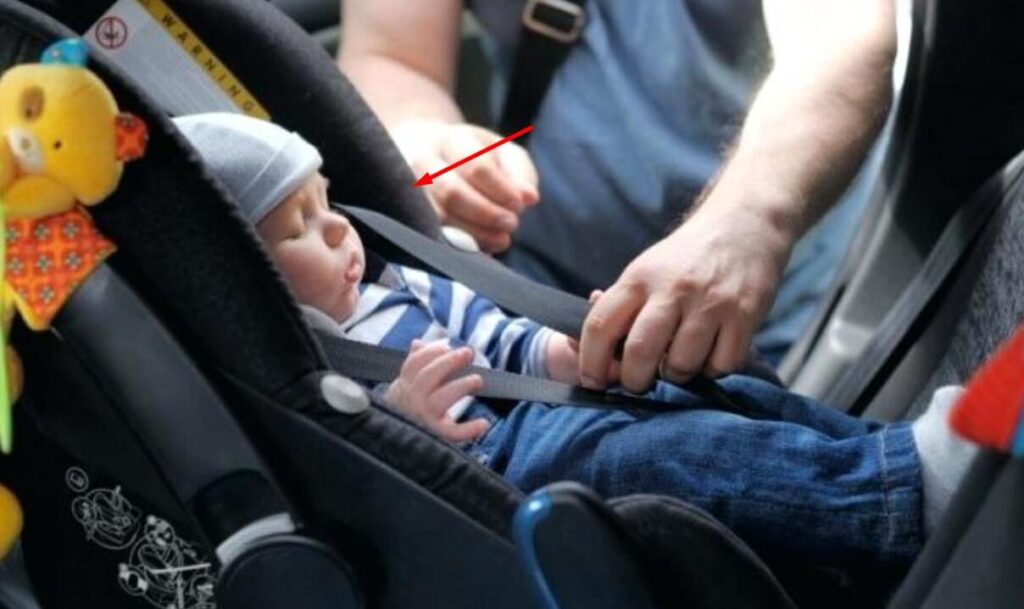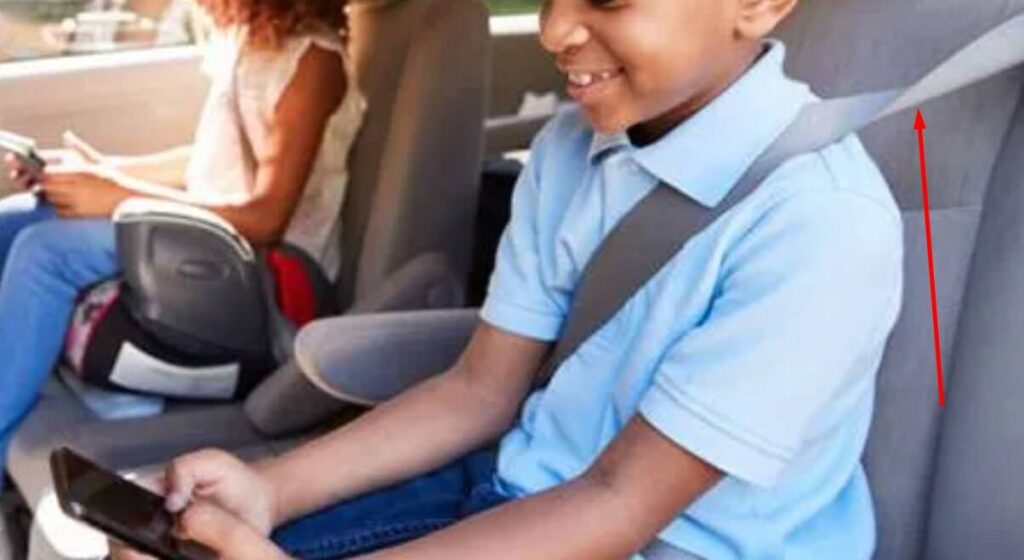In Minnesota, backless booster seats are required for children who have outgrown their child safety seat but are still too small to use an adult seat belt. A backless booster seat is designed to raise the child up so that the lap and shoulder belts fit properly across the body. The law requires that all children ages 4-7 must ride in a car or booster seat when traveling in a motor vehicle.
Children under age 8 must be secured in either a federally approved car or booster seat, depending on their size and weight. Booster seats should not be used with just the lap belt as this can cause serious injuries during sudden stops or crashes.
Additionally, no more than one person should share a single seating position while riding in a motor vehicle regardless of whether they are using safety restraints or not.

Can a 10 year old sit in the front seat in Minnesota?
In Minnesota, the law does not specify a specific age requirement for children sitting in the front seat of a vehicle. Instead, it is recommended that children under the age of 13 should generally sit in the rear seat of the vehicle, as it is considered safer due to the risk of injury from airbags and other safety considerations.
However, if a child under 13 needs to sit in the front seat due to the rear seats being occupied by other passengers or for other reasons. It is essential to ensure that they are properly secured in an age-appropriate child restraint system, such as a booster seat, if necessary, and that they are using the vehicle’s seat belt correctly. Ultimately, safety should be the primary concern when deciding where a child should sit in a vehicle.

MN Booster Seat Requirements
In the state of Minnesota, children under the age of 8 must be secured in a federally approved child restraint system or booster seat when riding in a motor vehicle. The law also requires that any child over the height of 4’9″ may use an adult lap and shoulder belt instead of a booster seat.
It is important to note that these laws apply even if you are just running errands around town – safety first!
MN Car Seat Laws Forward-Facing
In Minnesota, it is important to follow the car seat laws for forward-facing children in order to keep them safe. According to state law, children must be secured in a forward-facing car seat with a harness until they are at least four years old and over 40 pounds.
The car seat must also meet federal safety standards and have labels indicating that it has been certified by the US Department of Transportation.
To ensure proper installation and use of the forward-facing car seat, parents should read both their vehicle owner’s manual as well as the instructions included with their child’s car seat.

Mn Car Seat Laws Rear-Facing
Mn Car Seat Laws require that all children under the age of 2 must be in a rear-facing car seat. This is to provide additional protection for younger and smaller children, who are more likely to suffer serious injuries in an accident than older and larger ones.
The National Highway Traffic Safety Administration also recommends that parents keep their kids rear-facing until they reach at least the age of 4 or the maximum height or weight limit for their particular car seat model.

How Tall Should a Child Be for a Backless Booster?
When it comes to a backless booster seat, the rule of thumb is that your child should be at least 4 feet 9 inches tall and weigh between 40-100 pounds before being able to properly use one. It’s important to make sure that your child meets these requirements for safety reasons.
Many parents find this type of car seat more convenient than a high-back booster. This is because they don’t need to worry about finding headrests or securing the straps around their child’s shoulders like you would with a forward facing car seat.
However, if your child doesn’t meet the recommended height and weight requirements then they won’t fit properly in the backless booster and could be at risk of injury in an accident.

When Can a Child Go from a Car Seat to a Booster Seat in Minnesota?
In Minnesota, a child can transition out of a car seat and into a booster seat once they have reached the height or weight requirement set by the state. Generally this is when they reach 40 pounds and 40 inches tall, but parents should always check their specific car seat’s manual for exact requirements.
It is important to note that the age of your child does not determine if it is time for them to switch from a car seat to a booster; instead, it is solely dependent on their size.
Additionally, children must remain in both seats until they are 8 years old regardless of their height or weight. Lastly, all children under 13 years old are required by law in Minnesota to ride in the backseat for safety reasons.
Moving from a Booster Seat
Conclusion
In conclusion, the Minnesota Department of Transportation has put forth specific requirements for backless booster seats in order to ensure that children are safe while riding in a vehicle.
It is important to read and understand these requirements before using a backless booster seat with your child. Following the requirements can help keep your family safe on the road, no matter where you’re headed!
